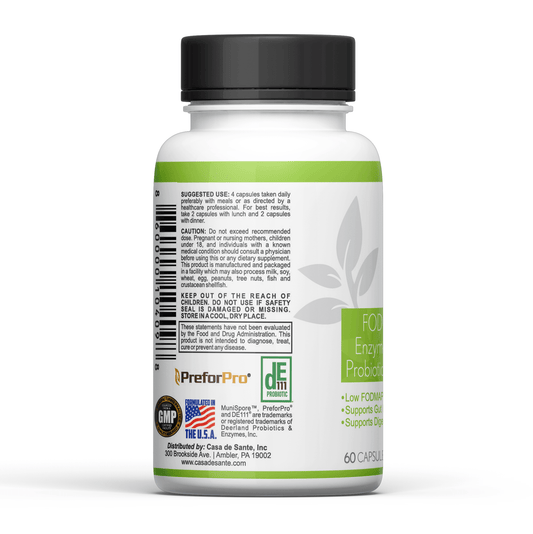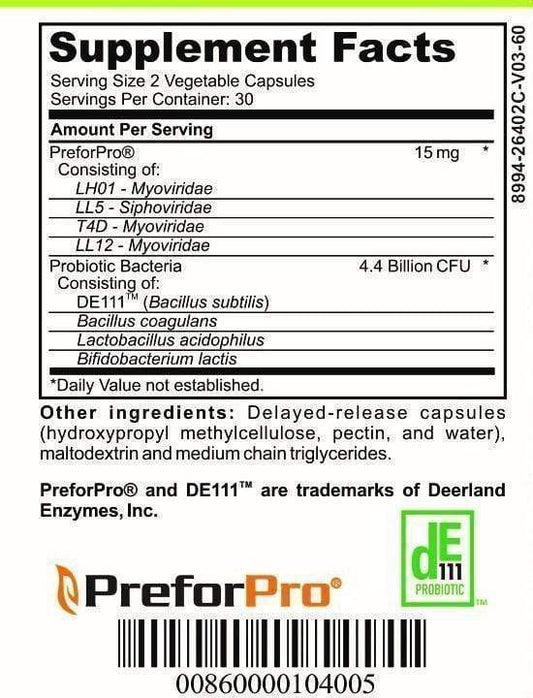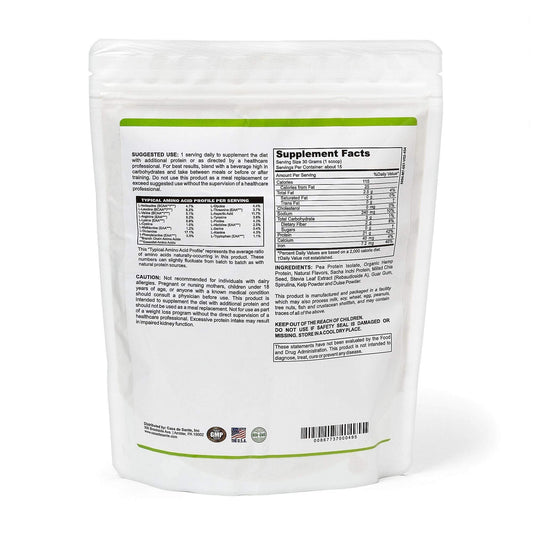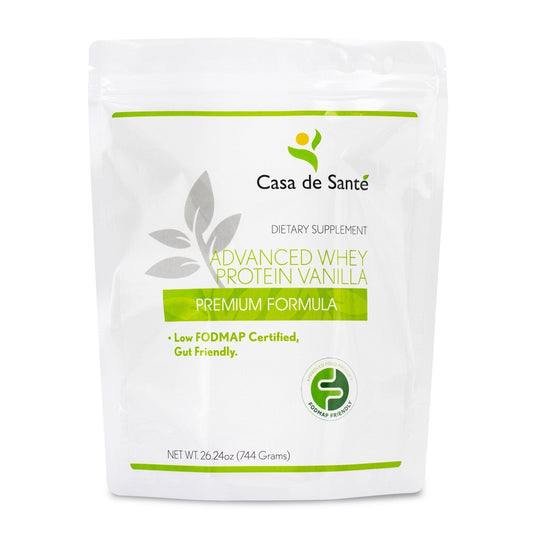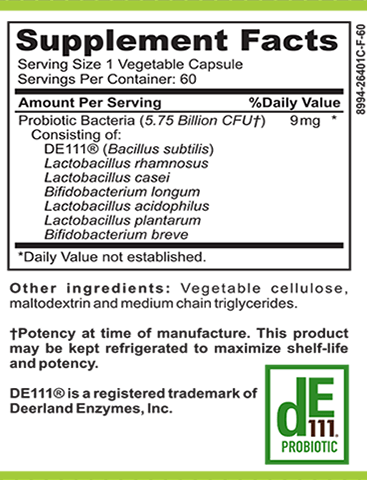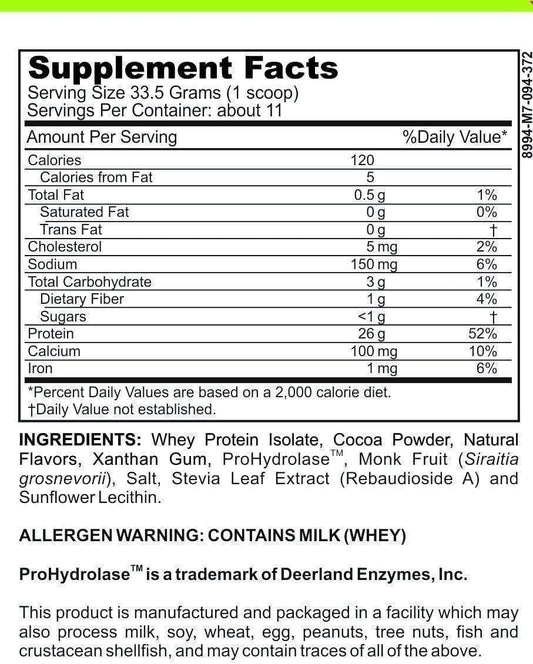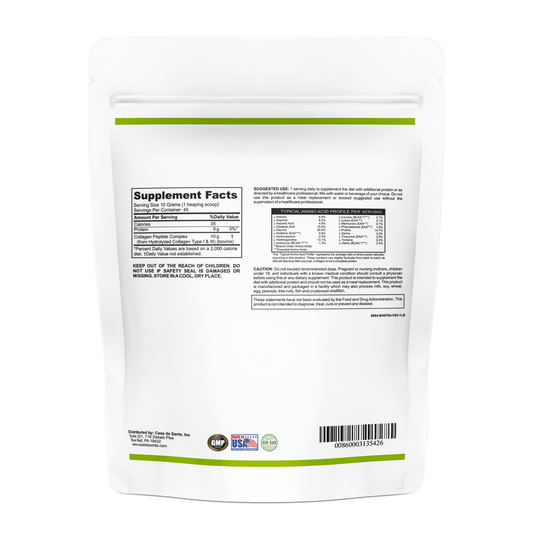Vegetarian/Vegan Kimchi Jjigae Recipe
If you're a fan of Korean cuisine, you may already be familiar with the tantalizing flavors of Kimchi Jjigae. This hearty stew has been enjoyed for generations, and it's no wonder why it has become a staple in Korean households. Traditionally, Kimchi Jjigae is made with meat, but today we're going to explore a vegetarian/vegan twist on this classic dish.
What is Kimchi Jjigae?
Kimchi Jjigae is a popular Korean stew that is known for its bold and spicy flavors. It is typically made with fermented cabbage, or kimchi, which gives the dish its signature tangy taste. Along with kimchi, it is common to find additional ingredients such as tofu, various vegetables, and sliced pork or beef in the traditional version of this stew.
Exploring the origins and cultural significance of Kimchi Jjigae
Kimchi Jjigae has a rich history in Korean cuisine. It dates back to ancient times when fermentation was used as a method of food preservation. Kimchi, the key ingredient in the stew, was originally created as a way to preserve vegetables during the winter months. The process of fermenting cabbage with a mixture of salt, red pepper flakes, garlic, ginger, and other seasonings not only extended the shelf life of the vegetables but also enhanced their flavors.
As time went on, kimchi became deeply ingrained in Korean culture. It became a staple in Korean households, with each family having their own unique recipe and method of preparation. Kimchi also played a significant role in Korean festivals and ceremonies, symbolizing good fortune, prosperity, and the preservation of ancestral traditions.
Kimchi Jjigae emerged as a flavorful dish that showcased the unique taste of this fermented delicacy. It became a comforting and nourishing meal, especially during the cold winter months. The stew was not only a way to warm the body but also a way to connect with Korean heritage and indulge in the country's culinary traditions.
Understanding the key ingredients of traditional Kimchi Jjigae
Traditional Kimchi Jjigae is made with a variety of ingredients that contribute to its complex flavors. As mentioned earlier, kimchi is the star of the show. The process of making kimchi involves carefully fermenting cabbage with a mixture of salt, red pepper flakes, garlic, ginger, and other seasonings. This fermentation process creates a tangy and slightly spicy flavor profile that is unique to kimchi.
In addition to kimchi, you will often find tofu in Kimchi Jjigae. Tofu adds a creamy and soft texture to the stew, balancing out the bold flavors of the kimchi. The onions and garlic in the stew add depth and aroma, while the green onions provide a fresh and vibrant element.
Another common addition to Kimchi Jjigae is sliced meat, usually pork or beef. The meat adds an additional layer of richness to the dish, complementing the tangy and spicy flavors of the kimchi. The meat is typically thinly sliced to ensure quick and even cooking, allowing it to absorb the flavors of the stew.
Overall, the combination of fermented cabbage, tofu, onions, garlic, green onions, and sliced meat creates a harmonious blend of flavors and textures in traditional Kimchi Jjigae. Each ingredient plays a crucial role in elevating the dish and making it a beloved staple in Korean cuisine.
The Vegetarian/Vegan Twist
While the traditional version of Kimchi Jjigae is undeniably delicious, opting for a vegetarian/vegan version can be a great way to enjoy this iconic dish while catering to specific dietary preferences or restrictions. By replacing the meat with plant-based alternatives, you can create a hearty and satisfying vegetarian/vegan Kimchi Jjigae that still packs a flavorful punch.
Why opt for a vegetarian/vegan version of Kimchi Jjigae?
There are several reasons why you might choose to make a vegetarian/vegan version of Kimchi Jjigae. For some, it's a way to reduce their environmental impact by consuming fewer animal products. By embracing a plant-based diet, you can contribute to the preservation of natural resources and help combat climate change. Others may have ethical concerns about the treatment of animals in the meat industry. By choosing a vegetarian/vegan twist on this dish, you can align your dietary choices with your values and promote compassion towards animals. Additionally, a vegetarian/vegan twist on Kimchi Jjigae can be a great way to incorporate more plant-based meals into your diet while still enjoying the bold flavors of Korean cuisine.
Substituting meat with plant-based alternatives
When making a vegetarian/vegan Kimchi Jjigae, you can replace the meat with plant-based alternatives that still offer a satisfying texture and taste. Tofu, for example, is a versatile ingredient that can be used to mimic the texture of meat while absorbing the flavors of the stew. It is made from soybeans and is a great source of protein, iron, and calcium. Another option is tempeh, which is made from fermented soybeans and has a nutty flavor. It provides a chewy texture and adds a depth of flavor to the dish. Seitan, also known as wheat meat, is another popular choice. It is made from gluten and has a meaty texture that can be quite satisfying. These protein-packed alternatives can absorb the flavors of the stew and provide a hearty element to the dish.
Furthermore, the use of plant-based alternatives in Kimchi Jjigae not only adds nutritional value but also enhances the overall taste. The combination of the spicy and tangy kimchi with the umami-rich plant-based proteins creates a harmonious balance of flavors. The plant-based alternatives also contribute to the dish's texture, adding a delightful chewiness that complements the other ingredients.
Moreover, by opting for a vegetarian/vegan version of Kimchi Jjigae, you open up a world of creativity and experimentation. You can customize the dish to your liking by adding a variety of vegetables such as mushrooms, carrots, and zucchini, which not only provide additional nutrients but also contribute to the overall flavor profile. The possibilities are endless, allowing you to create a unique and personalized version of this beloved Korean dish.
In conclusion, choosing a vegetarian/vegan twist on Kimchi Jjigae offers a multitude of benefits, ranging from reducing environmental impact to promoting animal welfare. By substituting meat with plant-based alternatives, you can still enjoy the bold flavors and satisfying nature of this iconic dish while aligning your dietary choices with your values. So why not give it a try and embark on a culinary adventure that celebrates both your taste buds and your commitment to a more sustainable and compassionate lifestyle?
Preparing the Base
Before diving into the cooking process, it's essential to have a well-prepared base for your vegetarian/vegan Kimchi Jjigae. This includes making homemade kimchi and ensuring the perfect balance of flavors in the stew.
Making homemade vegetarian/vegan kimchi
The key to a fantastic vegetarian/vegan Kimchi Jjigae lies in the quality of your kimchi. While store-bought options are readily available, making your own kimchi can elevate the dish to new heights. Homemade kimchi allows you to control the ingredients and flavors, resulting in a more personalized and satisfying experience.
Fortunately, making vegetarian/vegan kimchi is as simple as omitting fish sauce or shrimp paste and replacing it with a vegetarian/vegan alternative. This substitution ensures that the kimchi remains cruelty-free while still delivering the signature tangy and spicy flavors that are characteristic of this traditional Korean dish.
There are plenty of recipes available online to guide you through the process of making vegetarian/vegan kimchi. You can experiment with different vegetables, such as napa cabbage, radishes, or carrots, to create a diverse and colorful kimchi. The fermentation process adds depth and complexity to the flavors, resulting in a kimchi that is both delicious and beneficial for gut health.
Tips for achieving the perfect balance of flavors
When cooking a vegetarian/vegan Kimchi Jjigae, it's all about finding the right balance of flavors. The combination of tangy kimchi, savory broth, and spicy seasonings should harmonize to create a mouthwatering stew.
Experiment with different ratios of ingredients like garlic, ginger, soy sauce, and gochugaru (Korean red pepper flakes) to find the perfect balance that suits your taste. The garlic adds a pungent and aromatic note, while the ginger provides a subtle warmth. Soy sauce enhances the umami flavors, and gochugaru brings the desired level of spiciness to the dish.
Don't be afraid to adjust the seasoning as you go along. Taste the stew at different stages of cooking and make any necessary adjustments to ensure that the flavors are well-balanced. Remember, cooking is a creative process, and your taste preferences may differ from others, so trust your palate and make the Kimchi Jjigae uniquely yours.
Additionally, consider adding other ingredients to enhance the complexity of flavors. For example, you can incorporate sliced mushrooms for an earthy taste or tofu for added protein and a creamy texture. The versatility of Kimchi Jjigae allows you to experiment with various vegetables and proteins to create a stew that suits your dietary preferences and personal preferences.
By taking the time to make homemade vegetarian/vegan kimchi and carefully balancing the flavors in your Kimchi Jjigae, you can create a truly remarkable dish that will impress your family and friends. Enjoy the process of cooking and savor the delicious results of your efforts!
Cooking the Kimchi Jjigae
Now that you have a well-prepared base, it's time to cook the vegetarian/vegan Kimchi Jjigae to perfection. Follow these step-by-step instructions to create a satisfying and flavorful stew.
Step-by-step instructions for cooking the vegetarian/vegan Kimchi Jjigae
- In a large pot, heat some vegetable oil and sauté onions and garlic until fragrant.
- Add your homemade vegetarian/vegan kimchi to the pot and cook for a few minutes to release the flavors.
- Pour in vegetable broth, along with any additional vegetables you desire, such as mushrooms, zucchini, or carrots.
- Bring the stew to a boil, then reduce the heat and let it simmer for about 20-30 minutes to allow the flavors to meld together.
- Finally, add your plant-based protein of choice, whether it's tofu, tempeh or seitan, and let it simmer for a few more minutes until heated through.
Adjusting the spice level to suit your taste
One of the great things about making your own Kimchi Jjigae is that you can adjust the spice level to suit your preferences. If you prefer a milder stew, you can reduce the amount of gochugaru (Korean red pepper flakes) or omit it altogether. Conversely, if you're a spice lover, feel free to add more for an extra kick! Don't be afraid to experiment and find the perfect level of spiciness for your taste buds.
Serving and Enjoying
Now that your vegetarian/vegan Kimchi Jjigae is ready, it's time to serve and enjoy this satisfying dish. Here are some suggestions for a complete meal experience.
Pairing suggestions for a complete meal
Kimchi Jjigae pairs beautifully with a variety of side dishes and accompaniments that enhance the overall dining experience. Some popular choices include steamed rice, crispy Korean pancakes (pajeon), and traditional Korean side dishes (banchan). These additions complement the stew and provide a well-rounded meal.
Tips for storing and reheating leftovers
If you have any leftovers from your delicious vegetarian/vegan Kimchi Jjigae, you'll be happy to know that it can be easily stored and enjoyed later. Make sure to transfer the stew to an airtight container and refrigerate it promptly. When reheating, gently warm it on the stovetop or in the microwave, being careful not to overcook the ingredients.
So, the next time you're craving a comforting and flavorsome dish, consider trying your hand at a vegetarian/vegan Kimchi Jjigae. With its rich flavors, hearty ingredients, and the added bonus of being plant-based, it's sure to become a new favorite in your repertoire!


